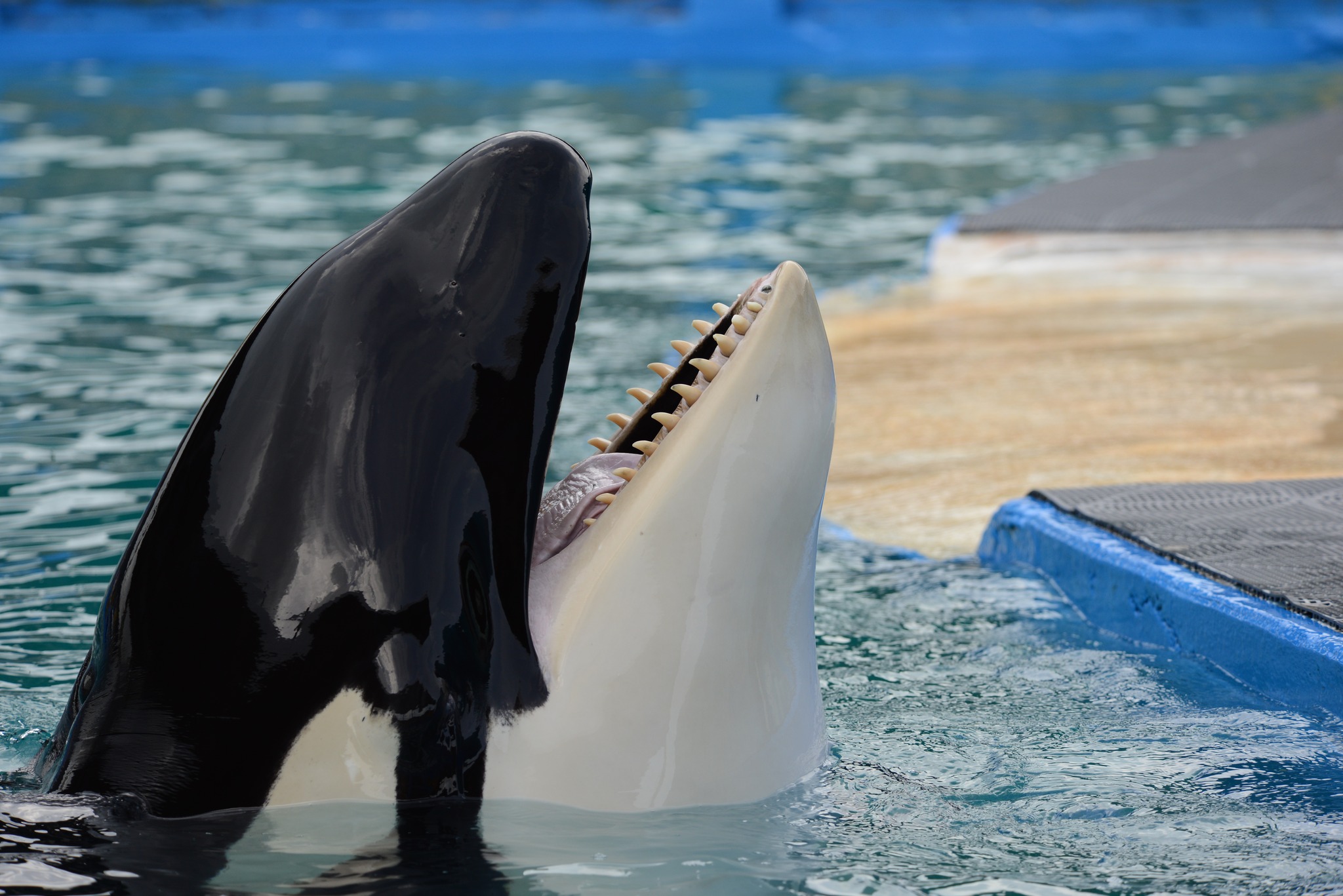Vigils continue across North America for a famous orca named Lolita, who died before she could be returned from Miami to the Pacific Northwest. A public celebration is planned for August 27 in Friday Harbor, Washington. Lummi Nation members are preparing to return her ashes to the Coast after her cremation.
“At her advanced age, her passing is not a complete surprise. Yet it is a tremendous and overwhelming loss. One felt particularly by those who have loved and cared for her on a daily basis, as well as those around the world who care so much for her.”
Miami Seaquarium
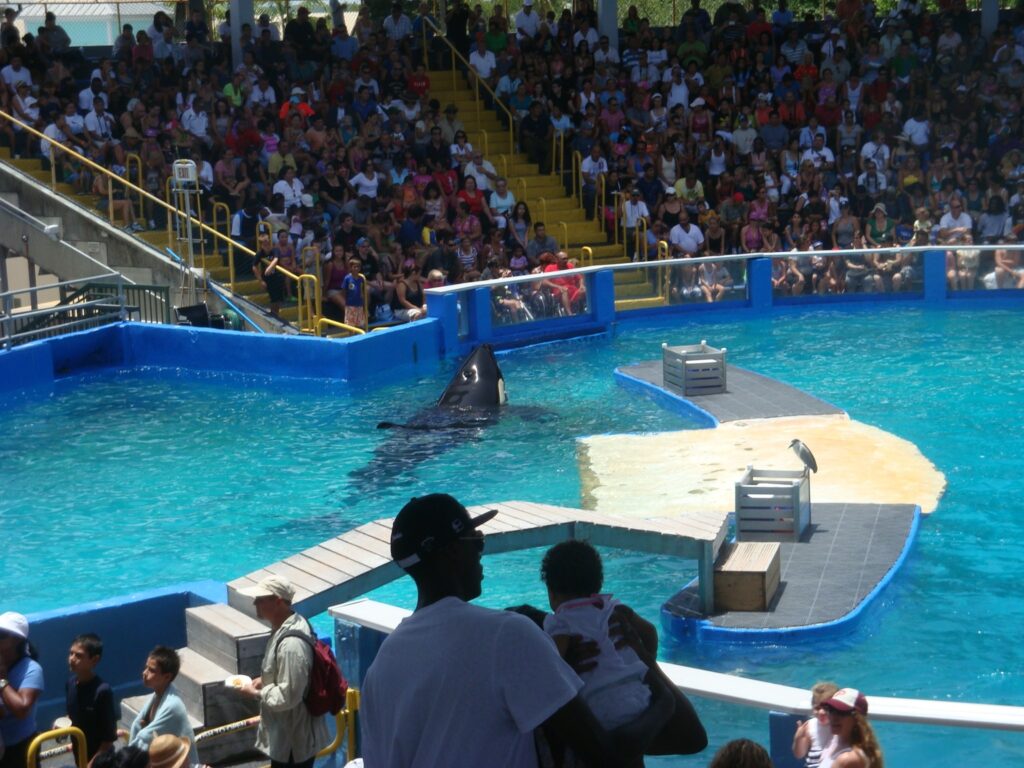
Lolita had been sick for a long time and, after 53 years of doing tricks for tourists in a tank at a Florida aquarium–far from her family in the Salish Sea–she was no longer young.
In the days and weeks before she died, the veterinarians caring for the orca said her condition was stable. One recent report noted that her caregivers hoped to resolve her bout of stomach “discomfort …within the next few days.”
Then, on August 18, the Miami Seaquarium announced her death “after more than 48 hours of intense medical care,” possibly from renal failure.
The news shocked her supporter, who, just months earlier, had begun an ambitious plan to return her to the Pacific Northwest.
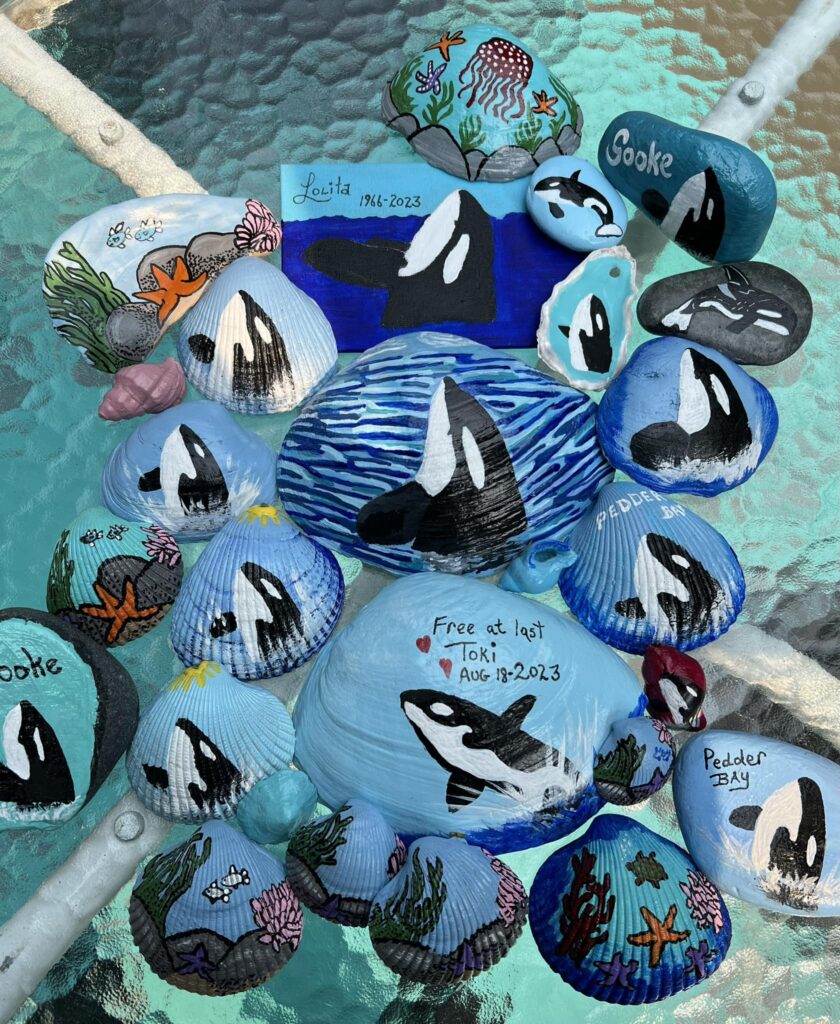
“With great sadness and our broken hearts,” the aquarium announced the death in a press release sent to West Coast Now. Lolita’s” health deteriorated rapidly, and she passed away accompanied by the people who loved and cared for her so much.”
The release added, “At her advanced age, her passing is not a complete surprise. Yet it is a tremendous and overwhelming loss, one felt particularly by those who have loved and cared for her on a daily basis, as well as those around the world who care so much for her.”
After she died, Lolita’s body was hoisted out of her pool, loaded onto a semi-trailer, and sent to the University of Georgia for a necropsy to determine the cause of death. Already, there are demands by activists for an investigation into the conditions of her tank, and whether government officials failed to hold up regulations meant to protect animals in captivity.
Lolita, who was also given the names Toki, Tokitae and Sk’aliCh’elh-tenaut, was among scores of Southern Resident orcas taken from the Salish Sea during the 1970s in a mass capture of orcas permitted by the Canadian and U.S. governments.
“It was a period of time when it seemed like a good idea to take these animals and make them jump for our pleasure,” Eric Pittman of the Canadian Orca Rescue Society told West Coast Now last spring. “It’s so inhumane to keep a creature like that. They have one of the largest brains of all creatures.”
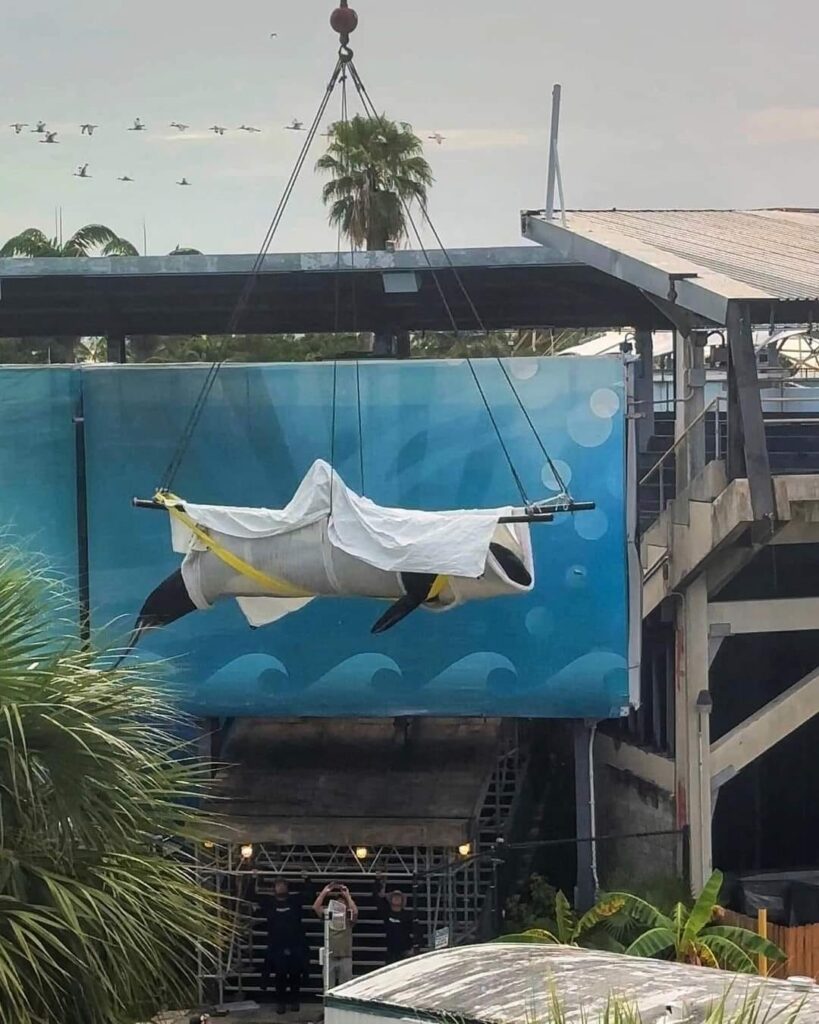
Some of the orcas died, while young animals were sold off, mostly to aquariums that used them as circus performers.
Orcas, a species of dolphins also known as killer whales, can live up to 100 years in the wild. An orca suspected to be Lolita’s mother is thought to be about 90 years old. Captive whales live far shorter lives, and Lolita–one of the longest-lived orcas in captivity–was thought to be the last survivor of the period of mass government-sanctioned captures.
After the captures, the Southern Resident orcas, who live off the coast of BC and Washington, never recovered from the genetic loss of so many members. Today, fewer than 90 Southern Resident orcas exist, and Canada considers them “endangered.” Current threats to their survival include a shortage of Chinook salmon, toxic pollution, and noise and physical threats from boating and shipping.
During her life, Lolita became a global celebrity, loved by those who watched her perform. She also became the poster whale for animal advocates worldwide, who protested keeping whales and dolphins captive, especially the treatment of Lolita by the aquarium.
The orca spent her life in a small pen without shade, performed tricks for her food, and lived for decades in solitary confinement after her early orca companion Hugo died in 1980 of a brain aneurysm, likely from smashing his head repeatedly against the tank’s walls.
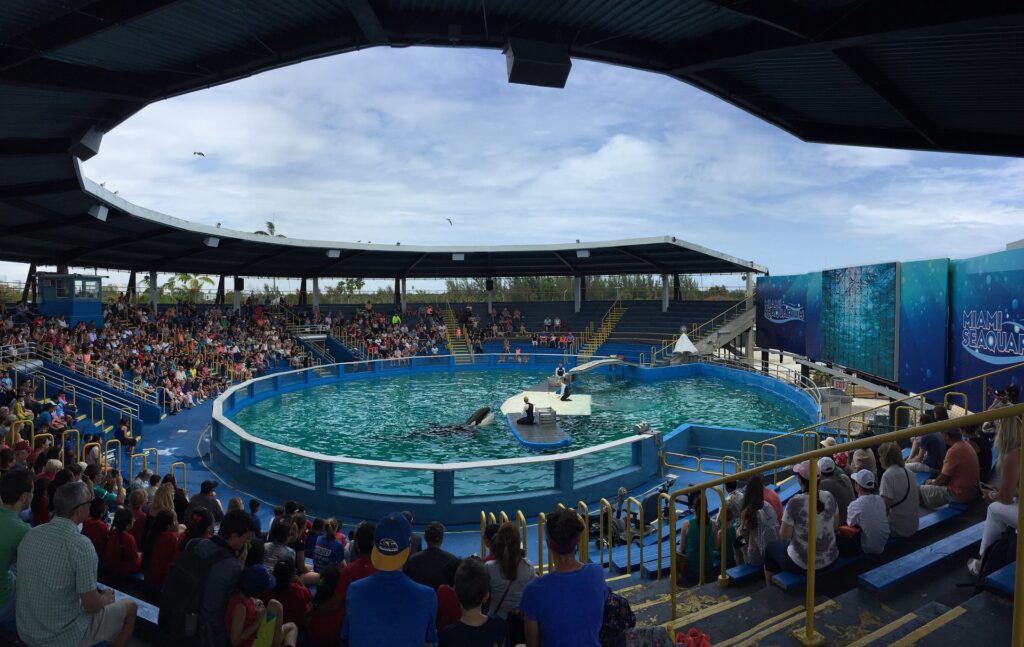
There was hope for a better life for Lolita after new owners, the Dolphin Company, took over the aquarium. They made a deal with a Florida non-profit called Friends of Lolita “to bring to life the dream of returning Lolita to an ocean sanctuary,” said a press release in March.
“She was an inspiration …and a reminder of how much more these mammals deserve.”
Oceanic Preservation Society
But Lolita’s story won’t die with her death, say those working for her return home.
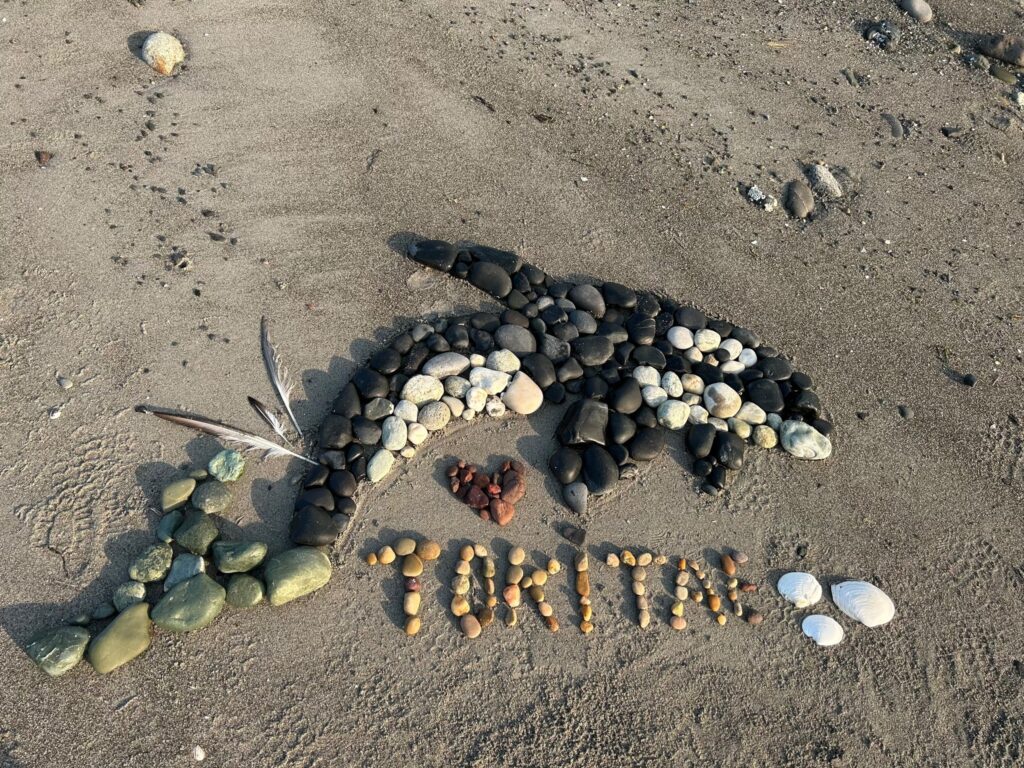
“Toki’s legacy is building, building by the day,” Howard Garrett, who runs the Orca Network, told Vancouver Island author and podcaster Mark Leiren-Young. Garrett said he hopes her legacy “will raise awareness of the challenges facing her family, who are critically endangered because of the impact of losing almost a generation to captivity and the scarcity of their primary food source, Chinook salmon.”
There were “generations of activists around the world that were inspired by her story,” said Miami mayor Daniella Levine Cava in a statement.
“She was an inspiration …and a reminder of how much more these mammals deserve,” the Oceanic Preservation Society posted on social media.




